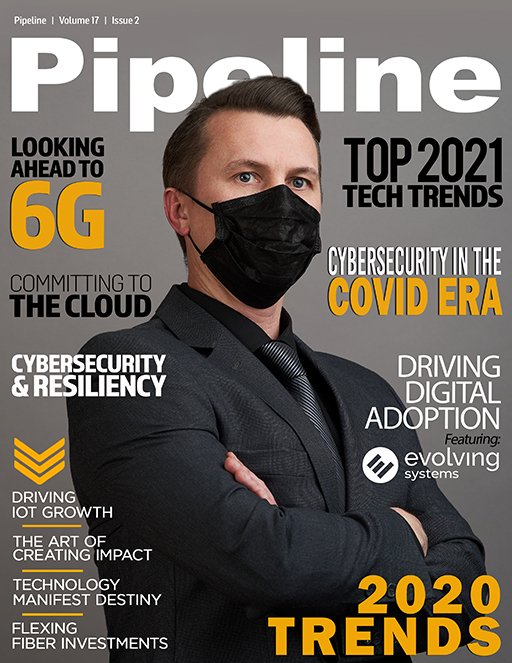Sixth Sense: The First Look at 6G
While 5G is already quantum secure by design, 6G will directly address the challenges of an expanding and ever-changing threat landscape. Billions of connected devices—together with the valuable data they generate and share—are a tempting hunting ground for hackers and cybercriminals to exploit. In ETSI we have recently published standards (EN 303 645) to ensure the cybersecurity of today’s connected consumer devices. Accordingly, efforts to reinforce system security, trust and user privacy will remain a prime focus of our future 6G work.
Some of the building blocks for 6G, such as network virtualization and edge computing, are already a feature of today’s 5G systems. These are enshrined in technical specifications created by ETSI and 3GPP, the standards body that unites us with six other telecommunication standardization organizations and more than 700 member companies worldwide. Others, including innovative radio propagation techniques, intelligent and neuromorphic systems, quantum computing and advanced nano-scale technologies, are still in their comparative infancy.
Building on 5G
The tangible value of technological standardization is demonstrated by the staggering success of previous and current mobile generations. Serving billions of customers, this thriving global market has been made possible by the open standards developed and curated by 3GPP members. By guaranteeing seamless interoperability between devices, applications and services, these standards offer certainty for everybody in the ICT ecosystem—from vendors and operators to end users—while accelerating time to market and eliminating costly, time-consuming technology fragmentation.
It is well evidenced that standardized commercial products make a significant contribution to the overall economy and citizens’ quality of life, as demonstrated by a recent report by GMSA that shows 5G will contribute $2.2 trillion to the global economy over the next fifteen years. What’s more, a study conducted for the European Commission anticipates that 5G-related investments by EU member states will create 2.3 million jobs in Europe alone. The vast range of as-yet unrealized markets and applications enabled by 6G suggests that its own socioeconomic impact will be equally profound.
Standardization is sometimes perceived as an opaque, self-contained world that is hard for scientific researchers to access and engage with. At ETSI, our own work has always been enriched by close links with the R&D and academic communities. Accordingly, we offer a range of tools and resources to make researchers aware of our activities and needs.
Today, universities and research institutes represent 13 percent of our 900-strong membership—the highest representation in ETSI’s 30-year history. Our focus in ETSI is on strengthening the close links that already exist with these communities. In turn, this provides a continuous pathway from pure research all the way through to our own pre-standardization activities. It is this joined-up dialogue that ensures the most exciting cutting-edge innovation will be captured in tomorrow’s 6G standards, allowing the industry to meet challenging targets that customers in the not-too-distant future will benefit from directly.



















